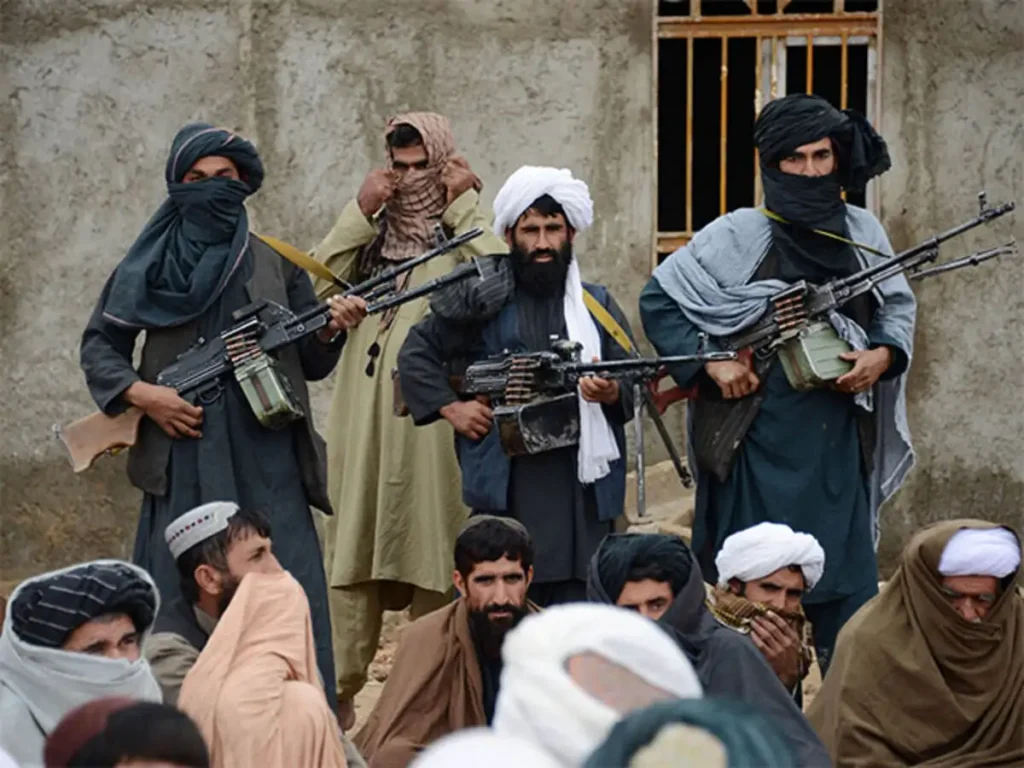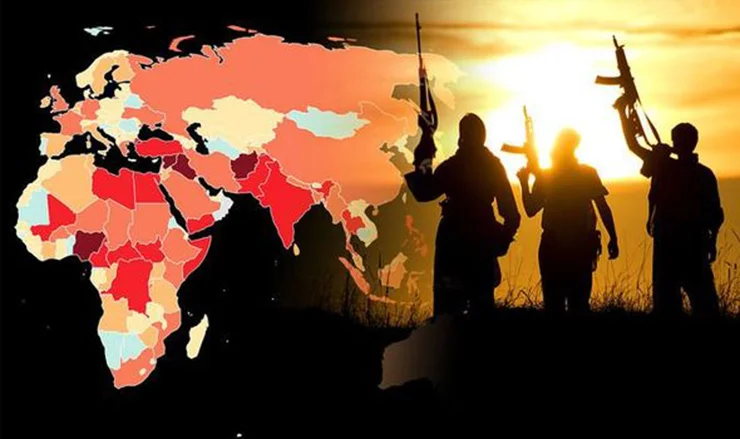Terrorism( attack on pahalgam by terrorist)

Operation SINDOOR was a well-timed military reaction to a changing trend of asymmetric warfare, which increasingly targets both military troops and unarmed people. A sobering reminder of this change was the April 2025 terrorist attack on tourists in Pahalgam.
Operation Sindoor widely praised as decisive military success by international experts. India’s Operation Sindoor is being widely praised as a decisive military success by international experts.
The results of Operation SINDOOR speak volumes about its impact: Nine Terror Camps Eliminated: India successfully destroyed nine major terror launchpads in Pakistan and Pakistan-occupied Jammu and Kashmir (PoJK), targeting Lashkar-e-Taiba, Jaish-e-Mohammed, and Hizbul Mujahideen facilities.
Background and Motivation
The Pahalgam attack, where terrorists disguised as army personnel targeted tourists, was a brutal act that left 26 civilians dead. The attack specifically targeted Hindu men, leaving their wives widowed, which led to the operation being named “Sindoor,” symbolizing the red vermilion traditionally worn by married Hindu women. This naming underscored the emotional and symbolic significance of the operation.
Execution of the Operation

On the night of May 6–7, 2025, India launched Operation Sindoor, involving precision missile strikes by the Indian Air Force (IAF) on terrorist camps and infrastructure associated with groups like Jaish-e-Mohammed and Lashkar-e-Taiba in Pakistan and Pakistan-administered Azad Kashmir. The operation lasted 23 minutes and resulted in the elimination of at least 100 militants, according to Indian defense officials.
The targets were carefully selected to avoid civilian casualties and damage to Pakistani military facilities. However, Pakistan reported that the strikes targeted civilian areas, including mosques, resulting in 31 civilian deaths. This discrepancy highlights the complexities of military operations in conflict zones.
Military Impact and Response
In the subsequent days, both nations engaged in border skirmishes and drone strikes. Pakistan launched mortar attacks on the border district of Poonch in Jammu, leading to the deaths of 16 civilians and one Indian soldier, marking the worst shelling attack in over 50 years. In retaliation, India continued its operations, expanding the scope to target Pakistani military installations. This escalation led to the first drone warfare between the two nuclear-armed nations.
International Diplomacy and Ceasefire

The rapid escalation prompted international concern. On May 10, 2025, both India and Pakistan agreed to a ceasefire after discussions between their Directors General of Military Operations. The United States played a mediatory role, with Vice President JD Vance and Secretary of State Marco Rubio engaging in extensive correspondence with officials from both countries. The ceasefire has largely held, with resumed commercial flights and a return to normalcy reported in both nations.
Cybersecurity and Internal Security Measures
Parallel to the military operations, India faced cyberattacks attributed to the hacker group AnonSec, which targeted over 50 government websites during the period of Operation Sindoor. The Gujarat Anti-Terrorism Squad arrested Jasim Shahnawaz Ansari, an 18-year-old student, and a minor accomplice for their involvement in these cyberattacks. The group used mobile applications like Termux and Pydroid to execute Distributed Denial of Service (DDoS) attacks, sharing anti-national messages online.
Public and Political Reactions
The operation received widespread support across India. Political leaders, including Sharad Pawar, commended the Indian military for its swift and precise action. Pawar emphasized the nation’s confidence in its armed forces and their role in protecting India’s sovereignty.
However, the operation also sparked debates on the balance between national security and individual rights. The Bombay High Court overturned the rustication of a student from a Pune-based engineering college, who had criticized the government over Operation Sindoor, citing a breach of natural justice. This ruling highlighted the importance of upholding free speech and due process within educational institutions.
Strategic Significance
Operation Sindoor marked a significant shift in India’s defense strategy, demonstrating a willingness to take decisive action against terrorism. The operation showcased the Indian Air Force’s capabilities in executing precision strikes and highlighted the importance of intelligence and coordination in modern warfare. It also underscored the need for robust cybersecurity measures to protect critical infrastructure from digital threats.
for more detail
Regional and Global Context
India’s position in the Global Terrorism Index 2024 improved slightly, ranking 14th globally. While this indicates progress, South Asia remains the region most impacted by terrorism, with India continuing to be a focal point due to both domestic and cross-border threats .
Conclusion

Operation Sindoor, launched by India on May 7, 2025, was a targeted military response to the Pahalgam terror attack that killed 26 civilians. The operation involved precision missile strikes on nine terrorist camps in Pakistan and Pakistan-administered Kashmir, primarily targeting Jaish-e-Mohammed, Lashkar-e-Taiba, and Hizbul Mujahideen. India emphasized that no Pakistani military or civilian facilities were targeted, aiming to avoid civilian casualties
The operation resulted in the deaths of over 100 militants and significantly disrupted cross-border terrorism networks. Pakistan responded with retaliatory shelling, leading to civilian casualties in regions like Poonch and Rajouri. After three days of conflict, both nations agreed to a ceasefire on May 10, 2025, facilitated by diplomatic negotiations .
Domestically, Operation Sindoor garnered political support, with various Indian states passing resolutions commending the armed forces’ actions. Prime Minister Narendra Modi hosted all-party delegations to discuss the operation’s outcomes and reinforce India’s anti-terrorism stance
In summary, Operation Sindoor was a strategic military initiative that successfully targeted terrorist infrastructure while aiming to minimize civilian impact, leading to a temporary de-escalation in the India-Pakistan conflict.